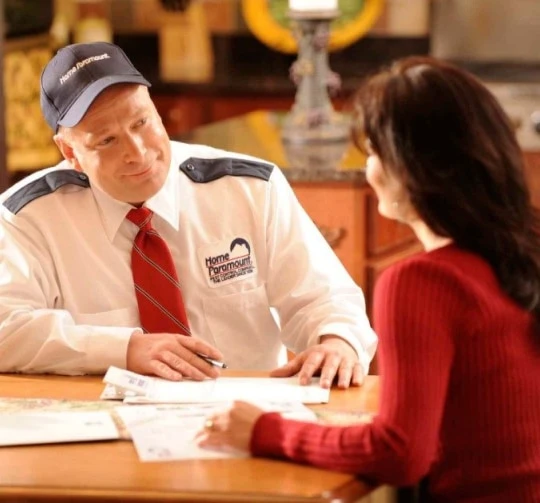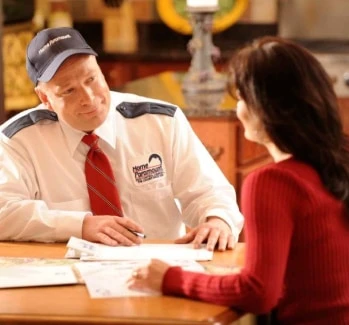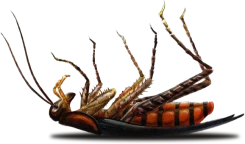Spring Lawn Care
It’s been a long winter and your lawn may need a little TLC to restore it to its lush, green appearance. Some simple steps will help you to rejuvenate your yard and keep it healthy for those hot summer months.
First, choose the right mowing height for spring turf, paying special attention to the species of grass in your yard. St. Augustine is a commonly used grass, recognized by its broad, flat blades which form a dense, carpeted surface of lively green. St. Augustine is particularly popular in South Florida lawns and standard cultivars should be trimmed 3.5 to 4 inches. Bahiagrass, again used in subtropical and tropical environments, may also be mowed at a height of about 4 inches. Slow-growing Zoysia, a show-stopper but also a more finicky grass, can be taken lower to the ground at 1.5 to 2 inches, as can Centipedegrass.
Second, make sure that your irrigation system has survived the winter chill. Over-watering is the number one cultural cause of lawn damage because it trains the grass roots to remain in the top few inches of soil. Shallow roots reduce the lawn’s ability to tolerate stress, so make sure you irrigate appropriately to encourage deeper root growth. It’s also best to irrigate in the morning, giving the grass time to dry throughout the day. Give it time to dry and it will thank you with healthier blades that can respond better to diseases.
Third, it’s important to restore soil nutrients through proper spring fertilization. Begin your fertilization efforts when the weather is consistently warm and the growing season has resumed. Dormant yards don’t require fertilizer, so why waste your time? Fertilizers may contain nitrogen, phosphorous and potassium along with other boosting ingredients. Pay attention to what your lawn actually lacks (and therefore needs) before randomly applying a fertilizer. Your local Florida extension office can help with a soil analysis which is essential to a good result.
Finally, re-sod or re-seed bare spots depending on how large an area needs to be restored. Nature hates a vacuum, so any open spaces in your lawn can attract weeds, pests and other yard trouble-makers
Here’s to another great, green growing season!


Why Choose Us?
Providing Reliable Pest & Wildlife Solutions Since 1939
At Home Paramount Pest Control, we have been dedicated to delivering reliable pest and wildlife management solutions for over 80 years. Our long-standing presence in the industry speaks volumes about our commitment to excellence and customer satisfaction. When you trust our team, you can always count on:
- Customized solutions to suit your specific needs
- Same-day service availability for pest infestation emergencies
- High-quality green products that are safe for the environment
- Complimentary pest inspections
- Affordable financing solutions tailored to your budget
Call us at 888-888-4663 to get started with a free pest inspection for your property today!
Learn More

